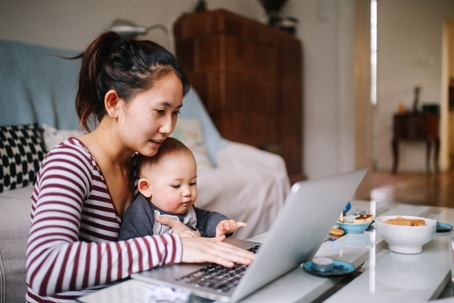When your child is diagnosed with cerebral palsy (CP), you experience a rush of feelings. Anger at the doctor, guilt that you did something wrong, and fear for your child’s future. A lot of parents aren’t prepared for the unique challenges of raising a child with CP. For that reason, we put together this parent’s guide to navigating cerebral palsy.
What is Cerebral Palsy?
Cerebral palsy is a brain injury that occurs either before birth, during labor and delivery, or shortly after. Sometimes, it is the result of medical negligence during labor and delivery. In many cases, symptoms will include a combination of muscular stiffness, cognitive impairment, and frequent seizures.
There are four kinds of cerebral palsy, each impacting a different part of the brain and resulting in different symptoms. Your pediatrician should be able to identify your child’s specific condition and provide a customized care plan for your child.
How will Cerebral Palsy Impact my Child?
Upon learning your child has CP, you’ll certainly have a lot of questions. One of the most important questions is how your child will develop when compared to other children. That largely depends on the symptoms.
Cognitive Impairment
As your child grows, they will likely delay or miss critical developmental milestones like grasping, walking, establishing eye contact, and talking. Most children with CP have speech impairment, which can lead to difficulty in expressing their thoughts. As they approach school-age, your child may struggle to grasp concepts like word association and reading. You can help strengthen your child’s cognitive abilities by consistently encouraging them to name objects and by reading aloud together at an early age.
Motor Impairment
Most children with cerebral palsy have stiff limbs. Cerebral palsy can impact a single limb, one side of the body, or even the whole body. A child with cerebral palsy will often require mobility assistance, such as a walker or a wheelchair. If the arms are affected, object manipulation may not come naturally, presenting difficulties in tasks like play and self-feeding.
Seizures
Children with CP are at significant risk of developing epilepsy, or unpredictable seizures. According to the CDC, a child’s risk of frequent seizures increases with each limb affected by muscular rigidity.
If your child has CP and experiences a seizure, the most important thing you can do is to stay calm. Lie them down somewhere safe where they won’t bump into anything. Experts suggest repeating reassuring affirmations until the seizure is over. If you’re able, loosen any tight or constricting clothes that might be uncomfortable for them. Finally, time the length of the seizure and call your pediatrician once your child is safe.
Is there a Cure for Cerebral Palsy?
There is no cure for CP. However, the condition should not worsen. Children impacted by this condition will likely experience the same symptoms their whole lives. However, the past decade has seen great strides in treatment options for cerebral palsy. In 2020, more and more people with CP can live independently, thanks to a combination of specialized therapies and medications.
Can I Get Help Covering Treatment?
If you’re concerned about paying for specialized equipment, therapies, and medications to make your child more comfortable, you are not alone. Cerebral Palsy is often the result of negligence in the delivery room. We believe that doctors and their staff need to be held responsible for their errors.
If your child has cerebral palsy because of a doctor’s negligence, we are here for you. If you’d like to schedule a free consultation with an experienced North Carolina birth injury attorney from Daniel, Holoman & Associates LLP, don’t hesitate to send us an email or call (866) 380-2281.

